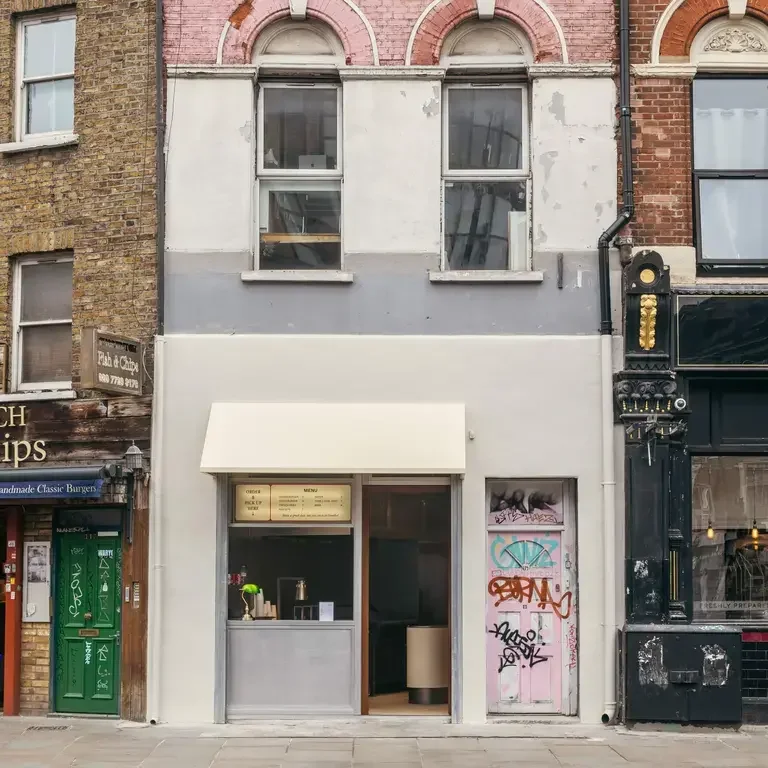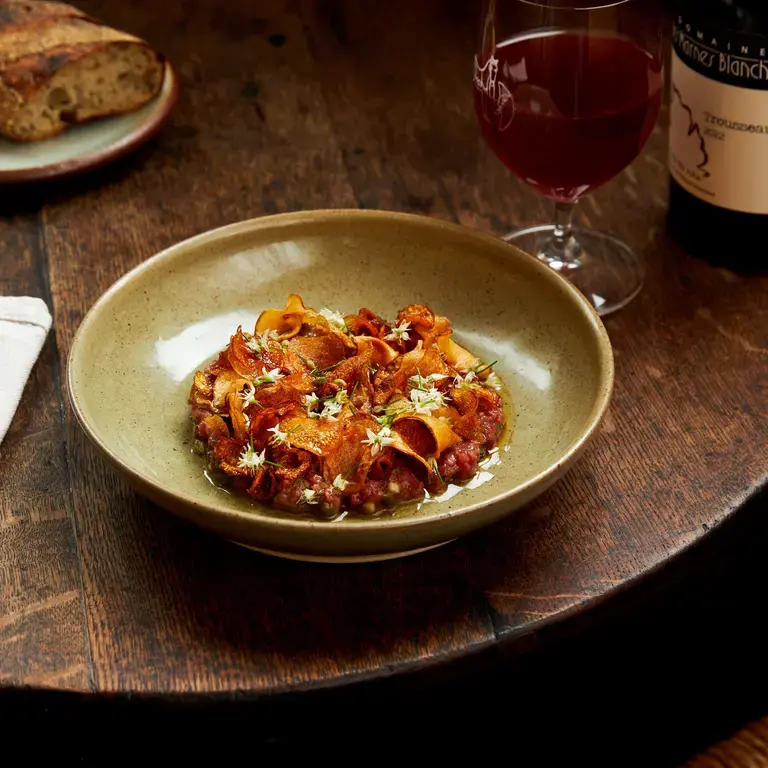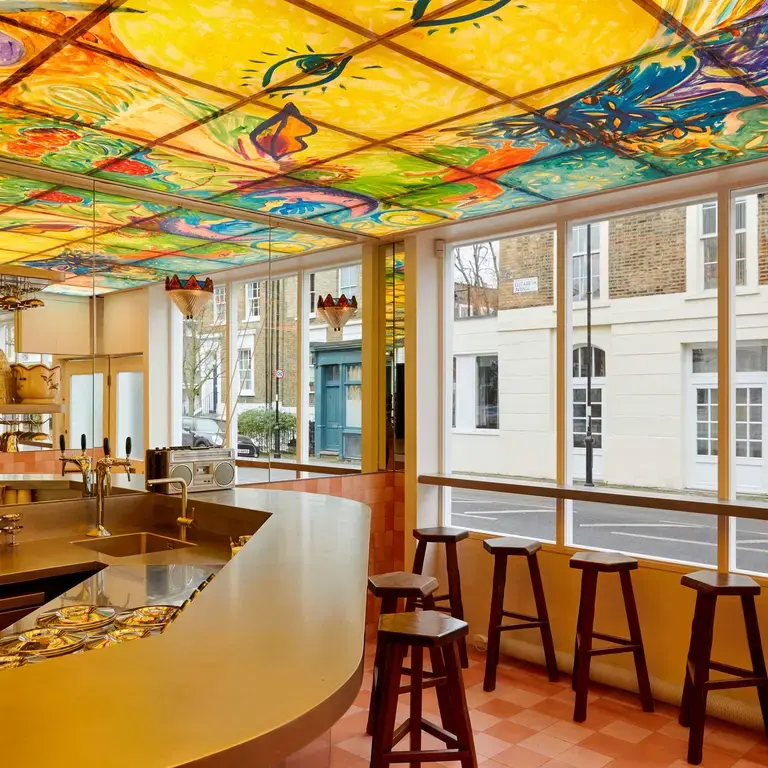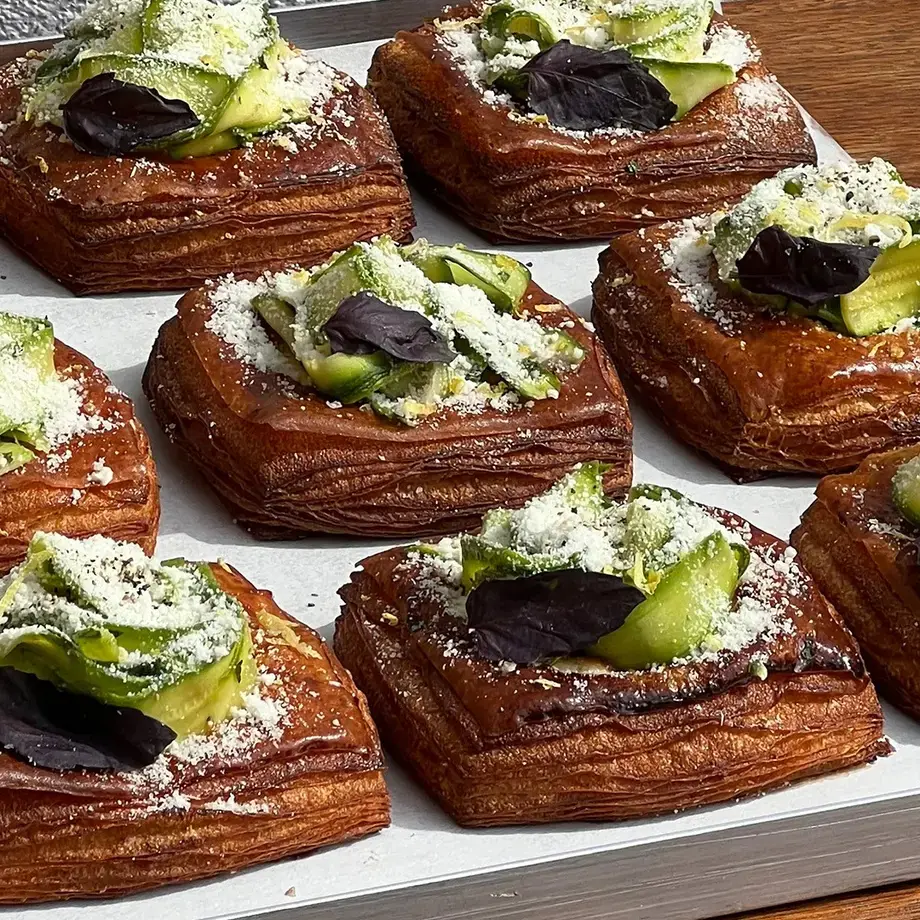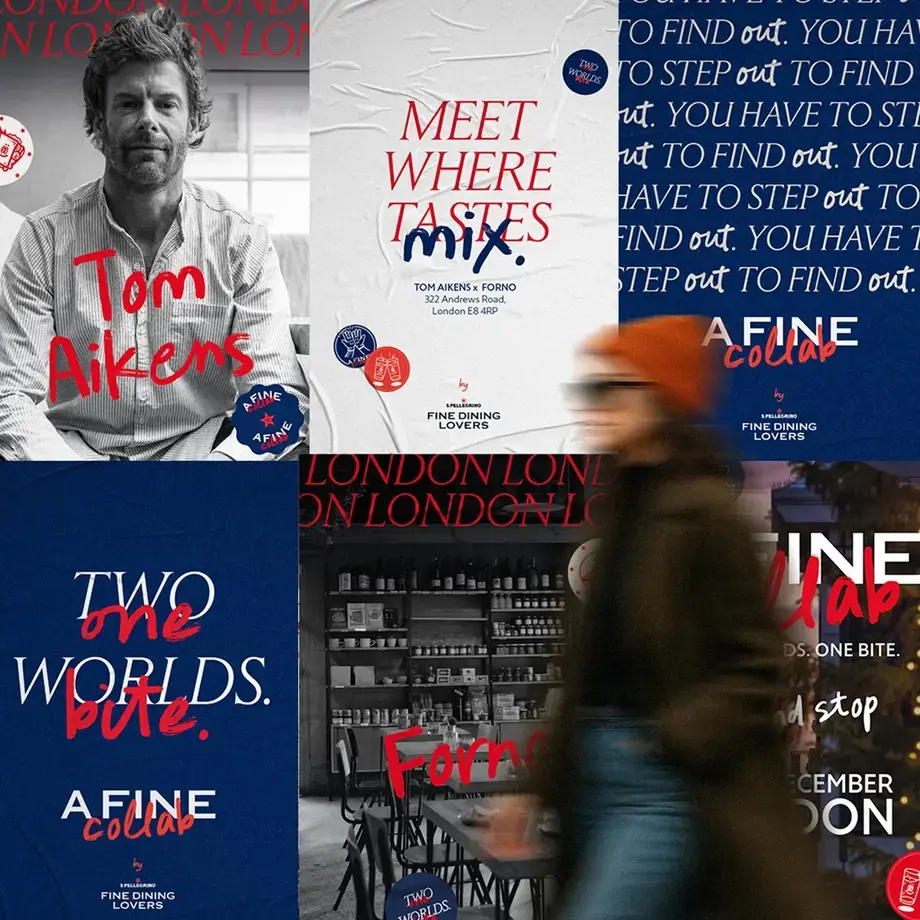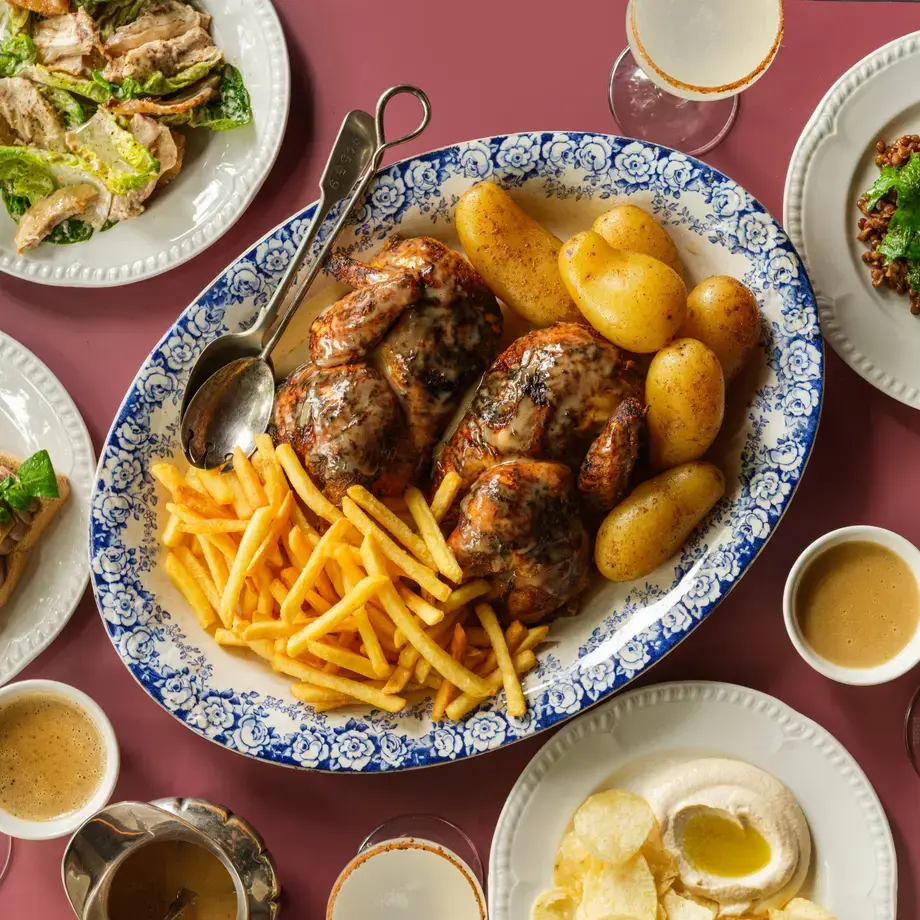We’ve all been there. You type in the address and postcode of the restaurant. You’ve studied the menu religiously. You’re excited about what’s to come, already imagining the meal: delicately tossed salads, luscious plates of pasta, and slivers of tuna crudo swimming in olive oil, flaky salt and capers.
You set off on your merry little way, and when Google says you’ve arrived, you look around, confused. It says you’re here, but there’s no sign of the place. You walk up and down the street a few times. You couldn’t have missed it, could you? You double-check the address. It says you’re standing in the exact spot, but still, no restaurant.
You wander, backtrack, and triple-check the postcode. This should be the place. Still nothing. You frantically search for photos, glance at your phone, then look up, trying to match the reference. You’re flustered. You’re already late, after walking an extra 5,000 steps trying to find this place for the past 20 minutes. And then you spot it. It’s been hiding in plain sight all along. A nondescript or even non-existent shopfront, quietly tucked away, that you’ve passed three times already.
There was a time when a bold neon sign, a giant logo or a colourful awning was a rite of passage for any restaurant trying to make its mark. Now, London’s latest wave of new openings and hottest drinking spots are shifting towards simplicity. Less is more, or in this case, less is nothing at all. More bars and restaurants are ditching obvious signage altogether, instead opting for mystery, minimalism and the power of word-of-mouth.
Some are purposefully hidden, like Rochelle Canteen, marked only by a wall and a buzzer in Shoreditch. Step into the garden at Arnold Circus, and the noise of the city softens, and you're welcomed like an old friend arriving for supper. Or Clerkenwell’s Sessions Arts Club, where you enter through a secret red door, bundle into a tiny lift to the fourth floor, and are transported to one of London’s most beautiful dining rooms that was once a former judges' dining room. Others simply skip exterior branding altogether. It’s a move that creates a sense of exclusivity, sparks curiosity and offers a quiet thrill of discovery for those in the know.
